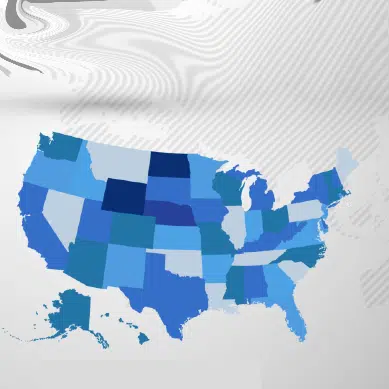What is GRC?
GRC is a structured approach for managing an organization’s overall governance, risk management, and compliance requirements. The Open Compliance and Ethics Group (OCEG) defines GRC as follows:
“GRC is the integrated collection of capabilities that enable an organization to reliably achieve objectives, address uncertainty, and act with integrity,” reads the OCEG website. “
To expand further on this definition, let’s break GRC down to its core components.
- Governance: Refers to the rules, processes, and standards by which a business operates. In the context of GRC, governance involves establishing and enforcing controls, monitoring performance, and ensuring organizational activities are aligned with IT and business objectives.
- Risk: Involves identifying, analyzing, and mitigating potential threats to the business. Risk management proactively identifies risks that may compromise crucial assets or impede strategic objectives.
- Compliance: Typically viewed as ensuring an organization follows the rules and standards set out by regulatory agencies. However, adherence to industry frameworks and governance standards is equally important.
A complete GRC program has two main components:
- An integrated and connected approach that aids firms in managing governance, risks, and compliance
- Solutions and tools to consolidate, oversee, and implement a GRC program throughout the entire organization.
What is IT Governance Risk and Compliance?
IT (information technology) GRC is a subset of the classic definition of GRC. Putting IT together with GRC expands the reach of governance, risk management, and compliance to the field of information technology. By doing so, cyber risk is no longer isolated from financial risk or any other risks that a firm faces because of the inclusion of IT in the GRC strategy.
IT GRC is important because it draws together all the loose ends of a company’s IT and other GRC needs.
IT GRC is an umbrella term that has various use cases within a company. Read on as we provide you with the primary components of an IT risk and compliance program.
IT Governance
In the IT arena, governance includes confirming that IT supports a company’s goals, that security controls are implemented, that responsibility is clearly designated, and that strategic planning integrates the needs and realities of evolving IT GRC issues.
IT Risk Management
Within the context of IT, risk management is centered on the risk management of the following components: IT assets, processes, and controls that create a supportive culture that increases vigilance about IT risks.
IT Compliance
Information technology is a critical component of regulatory compliance. At the heart of laws and standards like the SOX Act, GDPR, and SOC 2, is the requirement for companies to show the efficacy of their IT controls.
Start Getting Value With
Centraleyes for Free
See for yourself how the Centraleyes platform exceeds anything an old GRC
system does and eliminates the need for manual processes and spreadsheets
to give you immediate value and run a full risk assessment in less than 30 days
The Purpose of IT GRC
An IT GRC solution is developed to satisfy the business and security objectives of a particular organization as they relate to information technology. It is distinctive and very personal to that organization’s infrastructure, processes, people, and technology. Fundamentally, it is driven by change and is a continuous process that needs to be assessed and managed to ensure it’s keeping up with technological advances and ultimately, protecting IT systems. Above all, an IT GRC program should not be implemented to satisfy a compliance mandate or statutory provision of a third party.
IT GRC: A Moving Target
The underlying principle of GRC is that a company has a duty to deploy its assets in a way that furthers its business goals and objectives. GRC is a means to fulfilling that obligation.
When it comes to the rapidly changing world of information technology, however, GRC can seem like a moving target, and it’s easy to get caught in the crosshairs. Manual internal processes and procedures can be years behind technological advances, making it difficult for boards to provide diligent IT risk governance.
Compliance with new laws and regulations, especially as comprehensive privacy laws continue to crop up like mushrooms across the US, sometimes means a total revamp of IT systems to keep up with the times. It’s important to stay focused on the fact that information technology can and should be utilized to move the company’s goals forward.
Centraleyes Can Help with Your IT GRC Needs
Get a customized solution for IT GRC to get started on your journey to security with Centraleyes. With our automated IT GRC software platform, you can perform risk assessments and build relevant metrics to compile a comprehensive analysis of GRC requirements for your company. With tens of pre-populated integrated risk and compliance frameworks that map and share controls, Centraleyes allows for a quicker, automated compliance and security process.
Start Getting Value With
Centraleyes for Free
See for yourself how the Centraleyes platform exceeds anything an old GRC
system does and eliminates the need for manual processes and spreadsheets
to give you immediate value and run a full risk assessment in less than 30 days





